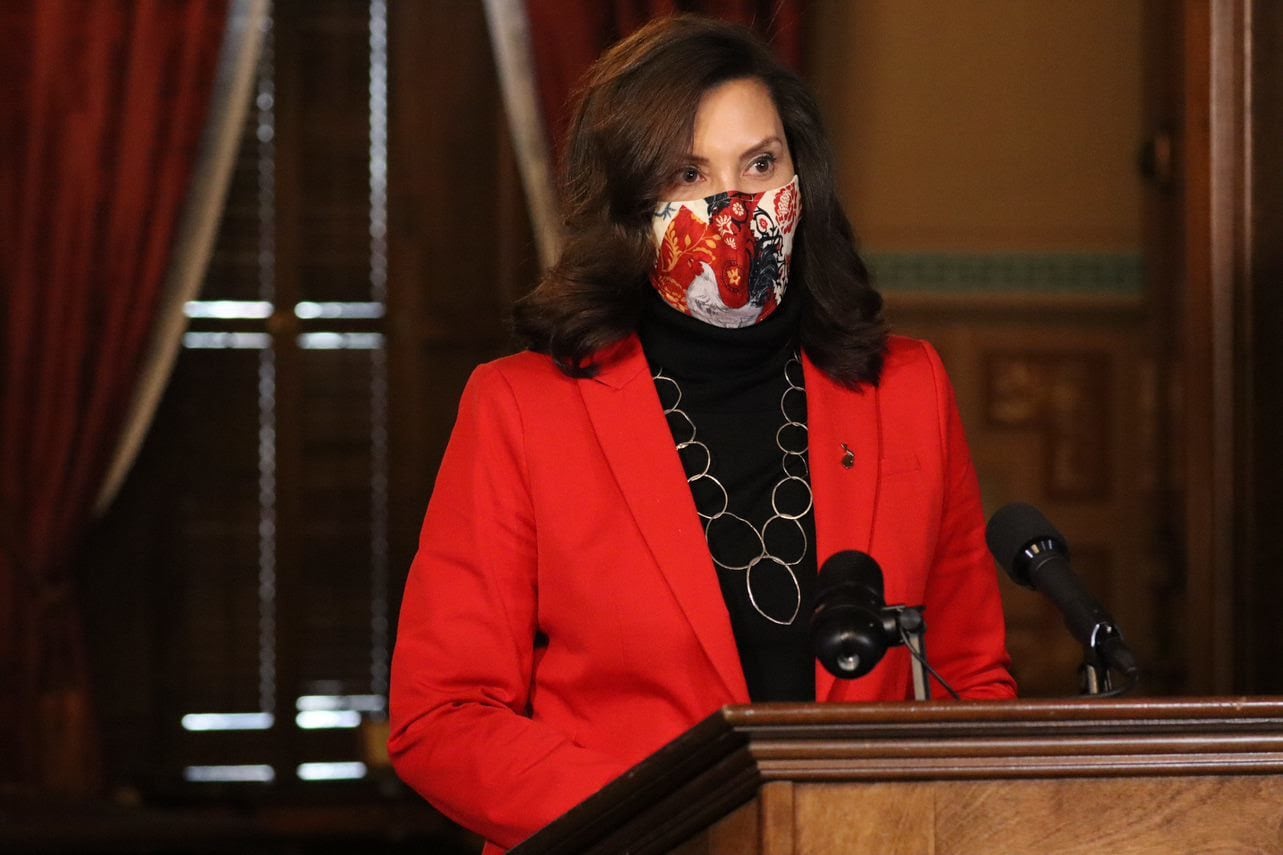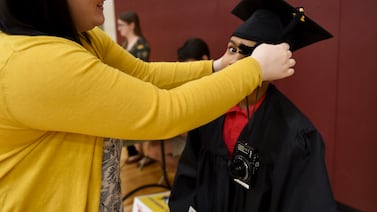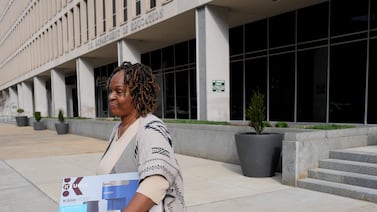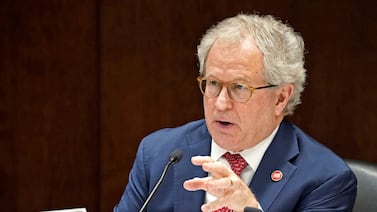When federal officials announced last month that Michigan schools would receive a large pot of coronavirus aid, education advocates saw an opportunity for Gov. Gretchen Whitmer.
Most of the $1.6 billion will be distributed through a controversial formula that sends different amounts of funding to districts with similar percentages of low-income children. But Whitmer can control how a slice of the funds — about $166 million — is distributed. And she’s asking state lawmakers to supplement the federal funds with another $300 million.
Advocates say that the funds under Whitmer’s control could be distributed in a way that reduces the inequities in the federal formula.
Whitmer’s proposal for distributing that money, released last month, would eliminate a small part of the disparity created by the federal formula, which favors large school districts. But it is unlikely to significantly reduce the inequities of the formula, according to a Chalkbeat analysis. Large, high-poverty districts will still get far more per pupil than smaller districts with similar levels of student poverty.
For instance, the Detroit district would get more than $7,000 per pupil under Whitmer’s plan, while Oak Park, which has a similar proportion of students from low-income homes, would get roughly $980 per student.
The inequity of the formula was not made in Michigan. But Whitmer’s formula for distributing the relatively small pot of COVID-19 aid under her control won’t make the situation much better.
That disparity stems from decisions made by federal policymakers when they earmarked more than $54 billion nationally in COVID-19 relief. Most of the money will be distributed using the same formula as Title I, a decades old program designed to support students from low-income families. The formula is controversial because it is influenced by numerous factors, such as district size, that aren’t directly connected to the number of poor students a district enrolls.
Under Whitmer’s plan, the combination of federal and state funds would go to schools based on two factors: how many students they enroll, and how many of those students have disabilities.
That figure may be unrealistic, as it depends on an additional $300 million in state spending on schools, something the GOP-led legislature isn’t likely to approve.
But even if her proposal were fully funded, it would still be a small amount compared with the total federal aid being distributed to Michigan schools through the federal formula, which equates to about 10% of last year’s education budget.
Some say the state could do more to ensure that schools receive equitable amounts of COVID-19 aid. Craig Thiel, research director for Citizens Research Council, a Michigan think tank, called for her to allocate money specifically to districts that received less federal aid and less to the districts that won big from the formula.
“The formula they’re using isn’t perfect,” said Bob McCann, executive director of the K-12 Alliance, referring to Whitmer’s formula. The advocacy group said more funding is badly needed, regardless of the formula. It has also been critical of using Title I to distribute federal aid.
“We’re not suggesting that anybody got too much money,” he added. “But we are suggesting that some districts aren’t getting what they need.”






